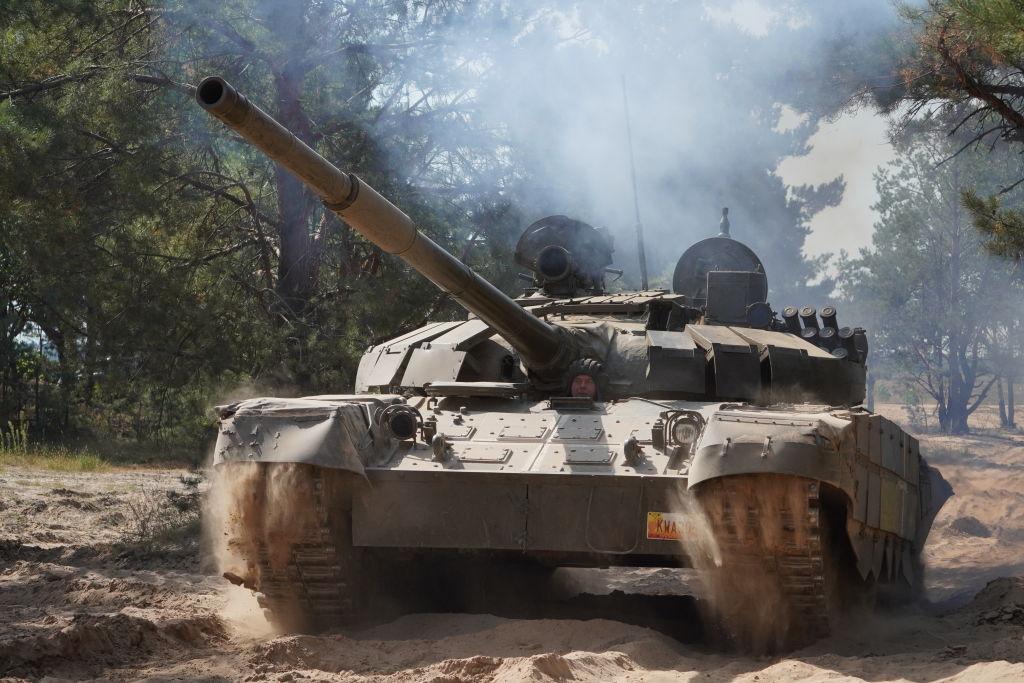
Australian defence policy’s reliance on technology for asymmetric advantage is mistaken. The advantage won’t last, and what the policy discusses isn’t asymmetric, anyway; it’s basically the idea of weapon overmatch.
Asymmetric effect is more of an operational concept generated by a host of factors working together, not just technology itself, though it may be in there.
If we’re looking for asymmetric advantage, we must try to think a bit harder than seeking to have better weapons than the other side, which is doing the same.
Australia’s 2023 Defence Strategic Review defines asymmetry in part as ‘… the application of dissimilar capabilities, tactics or strategies to circumvent an opponent’s strengths ….’ But its discussion of asymmetry sits wholly in its technology section.
For example, it speaks of harnessing advanced and emerging technologies to provide asymmetric advantage for the Australian Defence Force. In reference to Pillar 2 of AUKUS, the part of the Australian-British-US security partnership that goes beyond nuclear submarines, it says: ‘The success of AUKUS is essential for Australia in acquiring asymmetric capability.’
Asymmetry has become a mere concept du jour, to use a phrase from the strategic commentor Colin Gray. Expect the word to be worked hard in conferences and papers without necessarily providing much benefit or understanding.
Technical overmatch lasts only so long. The enemy will adapt. It will change tactics, develop countermeasures and improve the sensitivity of its sensors and the stealth of its systems. The cycle of threat and counter-threat does not stop.
An example of true operational asymmetric thought is a Cold War tale related by Richard Simpkin. When the F-15 Eagle appeared early in its career at an international aviation exhibition, a Westerner asked a Soviet aircraft designer what would counter it. ‘Simple: we will park a T-72 on the runway,’ was the response. The designer was not joking. The Soviet land unit called an Operational Manoeuvre Group was conceived to do just that, disabling Western air dominance by exploiting NATO’s lack of geo-strategic depth and swallowing up its runways, in part by using T-72 tanks.
The lesson from this was that in seeking what Simpkin called ‘functional dislocation’, the Soviets looked at all factors: technology, force structures, command methods, geography, time and risk. There were severe doubts in NATO that the Soviets could have achieved such a feat given they lacked the most crucial generator of asymmetry, well-trained troops.
Consider the operations occurring now in the Red Sea and the Black Sea. Those constrained maritime environments are giving great advantage to shipping strikes from land and air, in one case by an advanced military, Ukraine’s, and in the other by a militant movement, the Houthis. Again, this dislocation is not achieved by one single element and certainly not bleeding-edge technology. The Houthis are notably using geography to their advantage.
Seeking technological superiority is proper. Having it underpin strategy and policy is not. Narrow strategic paradigms are vulnerable paradigms. The blithe assumption that ‘technology will fix it’ is symptomatic of this narrowness.